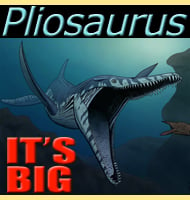Pappochelys
In Depth With a holotype specimen only twenty centimetres long Pappochelys seems an unassuming little creature at first glance, however this genus may just revolutionise our construction of the turtle evolutionary family tree. Ever since evolution went from being theory to accepted and proven fact, naturalists have being trying to find the exact place for … Read more
